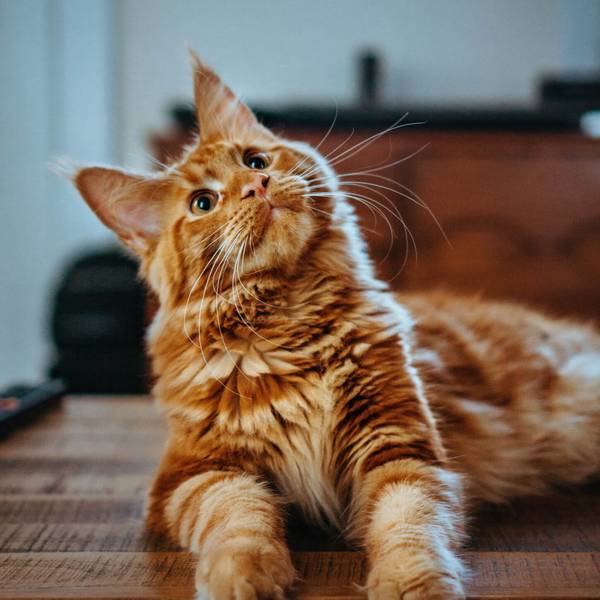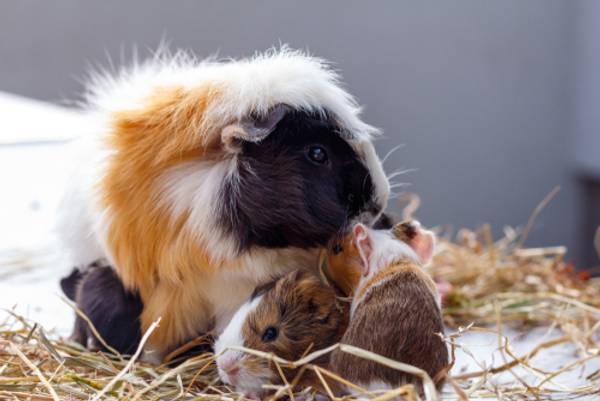A life indoors for your cat?
You may be thinking “No thanks…My cat LOVES the freedom of outside.” But did you know that there is so much more to having an indoor cat than meets the eye?
First and foremost: Why? Cats are not inherently villains, though they are natural hunters. They follow their instincts and unfortunately in Australia, outdoor and feral or stray cats are a significant risk to our wildlife. This alone may be the reason cat-owners decide to have ‘indoor cats’. There are other reasons such as the risk of living by busy roads or if they have a disability or medical problems, or that they pose a risk of getting into territorial fights with other neighbourhood cats or animals which can cause serious injury. Outdoor cats can become lost or even sometimes stolen (It has been known to happen, especially purebreds and interesting breeds!)
Indoor cats are the safest cats. But can become increasingly bored leading to increased stress, anxiety and possibly even obesity. But luckily there are many ways we can make sure our indoor felines stay happy, active, and occupied.
Here are some tips for a happy & healthy indoor cat:
- Provide a litter tray in a quiet and clean place. Be sure to keep it clean as some cats can be reluctant to using a dirty litter tray. If you have more than one cat, each cat should have their own litter tray. Covered litter trays are great for indoor cats as they provide more privacy.
- Cats they aren’t desexed pose more of a risk of escaping and frustrating behaviour. These hormones can drive a cat to try to escape to find a mate. By desexing, you eliminate unwanted stress for your cat and also by eliminating any contribution to the unwanted cat population.
- Ensure your cat has plenty of space to roam inside and access to all or most rooms.
- Provide several scratching posts and towers so that they can have their own space and somewhere to strengthen their muscles and sharpen their claws.
- Provide a large range of different kinds of toys. You can rotate them so that they don’t get bored easily. Interactive toys are a great idea for mental and physical enrichment, which will help keep them active and happy.
- Spend time with them! You are their main companion. Play games, cuddle, and let them be involved!
- Cat enclosures: There are many specially built enclosures for indoor cats on the market. These are offered in outdoor and indoor versions and are a great and safe way for you cat to get some fresh air outdoors, without posing the risk of losing them. You can fill these enclosures with toys, climbing posts and other things your cat can enjoy exploring. They will love having ‘their own space’. Remember that these are not to keep your cat in 24/7 but to help give them access to the outdoors for short periods of time to help keep them physically active, healthy and happy!
-
Take an outdoor walk with your cat. Sound silly? Don’t worry, more and more people are taking on the indoor cat lifestyle with daily walks by using a cat harness or cat carrier. This may involve some training and getting used to in the beginning. Your cat may not like the idea of a harness at first, so go slowly and gently. Start by fitting the harness on your cat and only leave it on for a couple of minutes. You can give them some cat treats and with lots of encouragement, your cat will start to get used to the feeling of wearing a harness. Then introduce the leash and try walking around your house/apartment to see how the react. Encourage your cat to walk with you (they may lie down!). Once they are fully comfortable wearing a harness connected to a leash, try short walks in a quiet place outdoors. You may want to start in your backyard, then gradually move to the front yard. Let them experience all the exciting new smells and sounds. Once they are comfortable at that level, then you may want to find a quiet park, or walking circuit that doesn’t involve too much traffic. If this is for you, be weary of passing dogs and keep a safe distance. If you see a dog approaching, you may want to pick them up and cross to the other side of the path or road, just to avoid any anxiety or stress. A cat carrier may be an excellent investment for outdoor adventures, as you can use it to transport them if you have some distance between your place and the place you wish to walk your cat, plus a backup safety plan when walking if needed. Keep walks short and sweet and don’t forget to let them have a good look and sniff around, maybe even a roll on the pavement in the sunshine! Great dose of Vit D for cat AND owner!
LOVE your cat!
Cats are amazing pets and become important members of the family in which you bring them into. Remember lots of love, attention, play time and a balanced and healthy diet will give them a happy, healthy and safe life indoors.
Like our feline friends who live outdoors, indoor cats still require regular parasite prevention. It’s misconception amongst pet owners that indoor cats don’t come into contact with fleas or worms, but that can be incorrect.
A flea can jump as far as 13 inches and can survive on its host (a human or another pet) for up to two days, meaning they can travel into your home very easily.
Cats being self-cleaners, means it can be very hard to see just what damage is being done by a flea until you have an infestation.
Heartworm is spread by mosquitoes, and we all know how annoying that buzzing in your ear is at 1am! Just one bite from an infected mosquito can inject heartworm larvae into your cat’s bloodstream.
Providing year-round parasite protection is crucial for every pet in your home!
Speak to the Pet Expert at your local Just For Pets independent retailer for more ideas and tips for mentally stimulating and keeping your cat protected.






